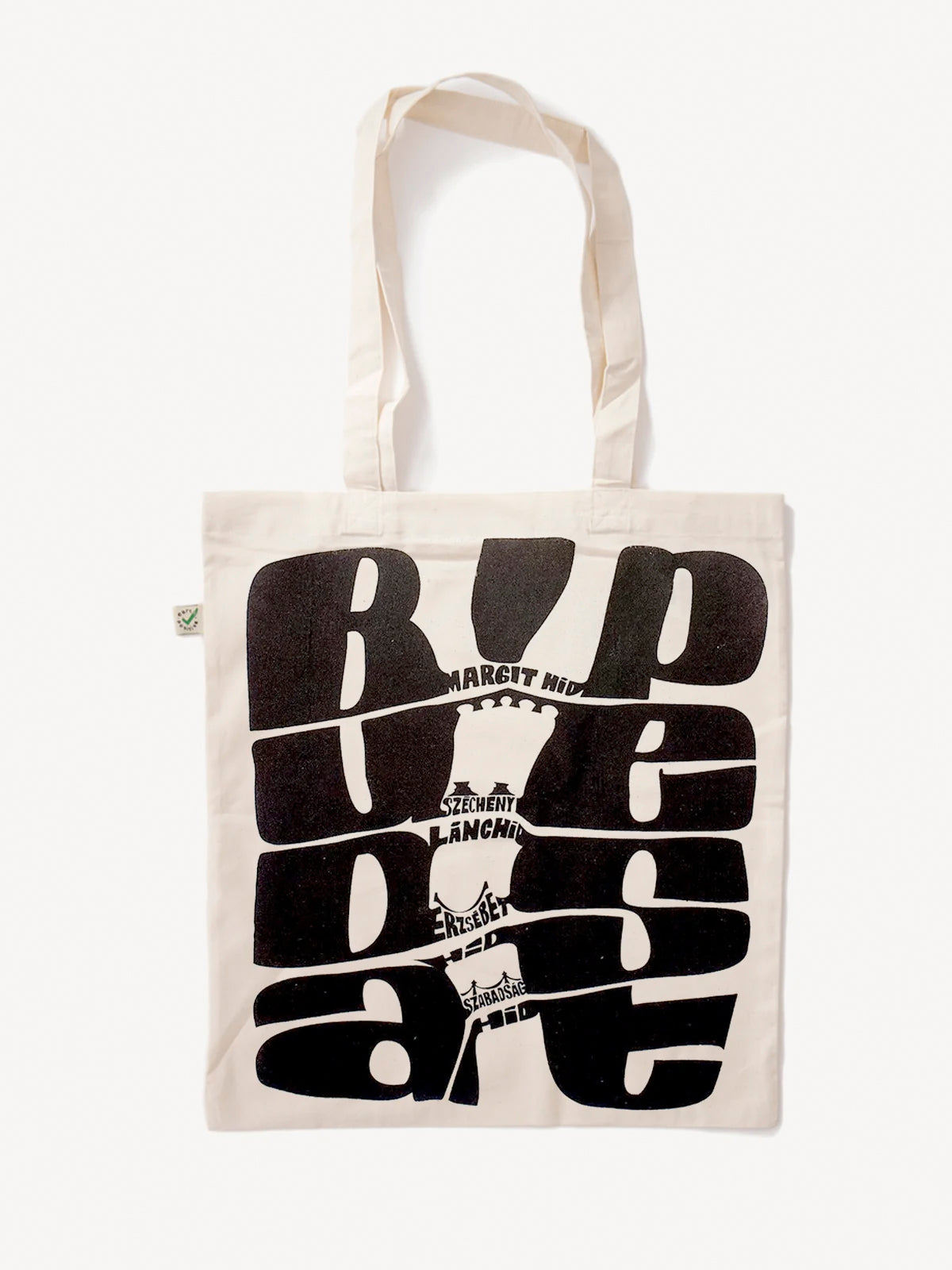We met Kármen in Felsőörs, back in the summer, at a workshop. The secret of his special, unique products lies in the fact that he uses a variety of raw (shelled) canes and not only uses traditional Hungarian techniques, but also draws from the traditions of other European countries.
He uses canes grown by himself, dried and re-soaked. Soaking lasts for 10-20 days, depending on the variety. Canes vary in color depending on their species, but they also differ in texture. Some are shiny like wax, others are rough and gnarled and purple-tinged black, and the third is green like old wine bottles.

Kármen told us about the types of canes he uses and their potential uses:
"When I first visited Denmark - in the workshop of Anne Mette Hvidaa Hjornholm - we worked with many types of canes. Beautiful, colorful bundles were waiting. Of course, we wanted to choose what we wanted for the given basket based on colors, but since the canes differ not only in color, but also in their bendability, strength and thickness, we chose the color that Anne Mette said was suitable for the given work. On his own plantation, which is on the land next to their house, he grows nearly 20 types of cane.
I bought cuttings from him, and since then I have been propagating them every year. I previously ordered five types from France, but unfortunately only two types remained. What is impressive about these foreign varieties is that, in contrast to domestically grown salix americana (American willow), their thickness is much more uniform. At home, the willow plantations have almost only American willow, this was grown when baskets were still made in cooperatives.
By the way, we know nearly 400 types of notebooks, and they cross paths very easily. Some are suitable for arming the side of the basket, others for weaving the side, but the technique can also determine which type is worth using. The advantage of cultivation is that we reproduce varieties with the best properties.
But it's also worth collecting. French basket weaver Francois Desplanches described the beauty of this long and uncertain process. If you plant a cane found in the wild that looks good, it will produce a few canes in the first year, a dozen in two years, and perhaps a hundred in three years. In a few years, it will give you enough for a basket. We harvest, dry, resoak. That's when it becomes clear whether it can really be used well. By the way, Anne Mette has a variety that she named after the place where she collected it.

I also like to work with several types and different colors, because even a simple shape can be very showy, and sometimes the use of different colors highlights the shape. Otherwise, the color of canes also changes during their life. It's a different color when it's standing, a different color when it's dry, and a different color when it's wet again. The bark of the cane is also a good spinning material. There is a variety that has a beautiful yellow inner side, with which we can achieve a nice contrast if we use the two sides alternately."
Bowls from Kármen are now available with us, on which the diversity and play of the different canes can be seen wonderfully. However, the range will continue to expand.











